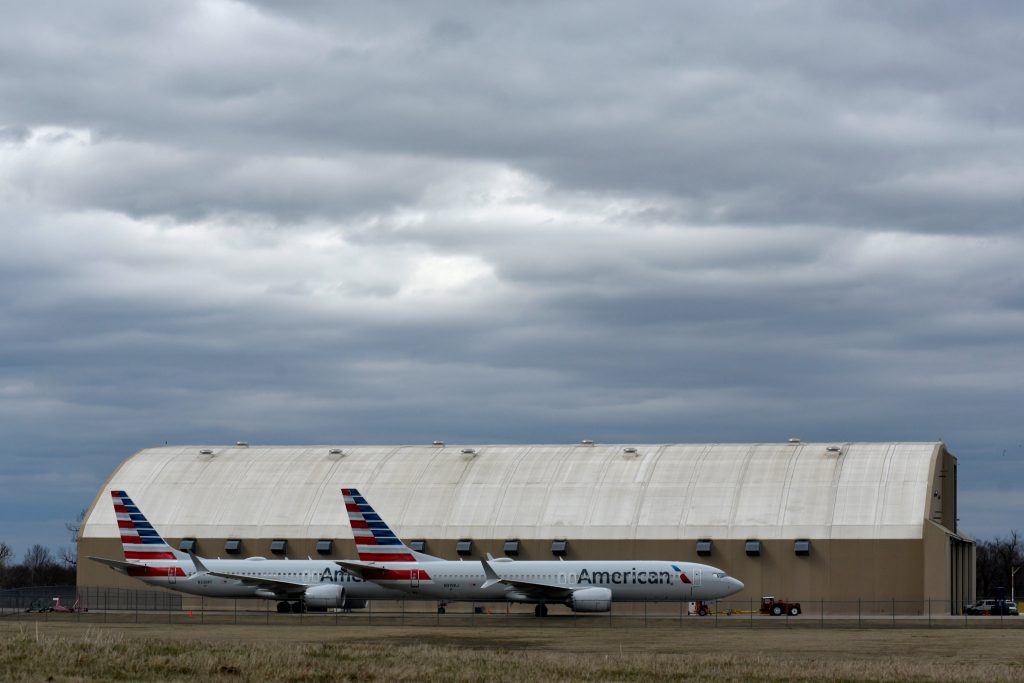
By Thomas Kaplan and James Glanz
WASHINGTON — Investigators at the crash site of the doomed Ethiopian Airlines flight have found new evidence that points to another connection to the earlier disaster involving the same Boeing jet.
The evidence, a piece of the Boeing 737 Max 8 jet that crashed in Ethiopia last weekend killing 157 people, suggests that the plane’s stabilizers were tilted upward, according to two people with knowledge of the recovery operations. At that angle, the stabilizers would have forced down the nose of the jet, a similarity with the Lion Air crash in October.
The causes of both crashes are still under investigation, but the new evidence potentially indicates that the two planes both had problems with a newly installed automated system on the 737 Max jet intended to prevent a stall.
This evidence ultimately contributed to American regulators’ decision to ground the 737 Max this week, according to the two people who spoke on the condition of anonymity. The Federal Aviation Administration said it had found physical evidence from the Ethiopian crash that, along with satellite tracking data, suggested similarities between the two crashes.
The new evidence found at the crash site in Ethiopia, a piece of equipment known as a jackscrew, controls the angle of the horizontal stabilizers. The stabilizers can be triggered by the automated system, the maneuvering characteristics augmentation system or MCAS.
The stabilizers could have been tilted upward for other reasons. The investigation is in the early phases, and authorities in France are analyzing the black boxes of the Ethiopian Airlines plane for more information.
Indonesian and American authorities are also focusing on whether MCAS contributed to the Lion Air crash that killed 189 people. In that crash, the automated system, possibly based on faulty sensor readings, may have repeatedly pushed the nose of the Lion Air plane down, creating a struggle between the new flight-control system and the pilots.
Source: The New York Times


